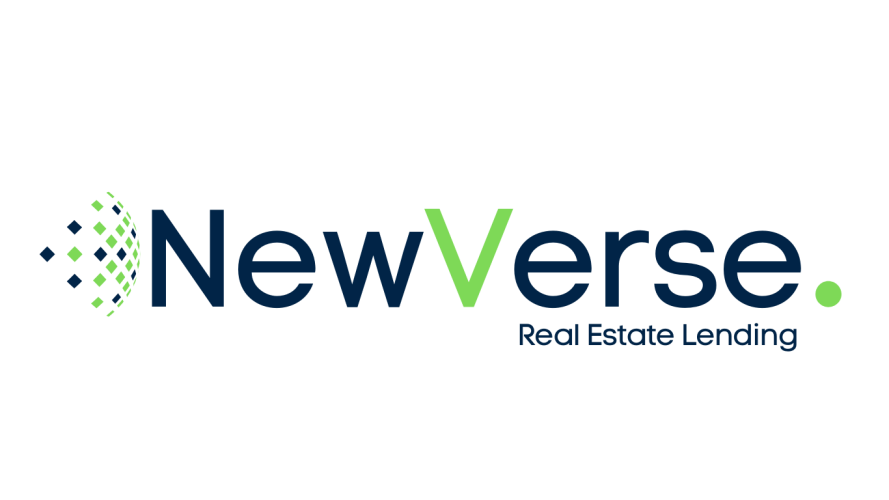What the Tariffs Pause Really Means for Housing
Rising Construction Costs: A Persistent Problem
For many years, the building industry has been negotiating pricing volatility. The cost of raw materials remains high despite supply chain disruptions during the pandemic and inflationary spikes. Ongoing high metal tariffs aggravate problems even as lumber costs fell earlier in 2024.
Due to the increased costs of steel and aluminium, recent research indicates that builders are experiencing expenses that are 15–20% higher than before the pandemic. Though the 90-day break may reduce some input costs in particular areas, the materials most necessary for vertical and mixed-use buildings remain expensive.
As a result, many homebuilders are deferring or downsizing planned projects. This constrains supply and shifts focus away from affordable housing developments, where tighter margins make such cost increases untenable.
Home Prices Stagnate as Affordability Declines
Housing markets across multiple states are cooling due to rising construction costs and high mortgage rates. According to ResiClub Analytics, home prices in over 60 regional housing markets fell month-on-month, with Arizona, Texas, and Florida slowing. The 1.2% year-over-year increase in national house prices is small and uneven between areas. Flood-prone Louisiana and coastal Florida are experiencing uneven pricing changes due to new development or insurance rate spikes. The price remains high for first-time buyers as of April 2025. Compound monthly payments, insurance expenses, and limited supply at reasonable prices keep many purchasers out of the market while mortgage rates hover near 7%.
Mortgage Delinquencies and Buyer Fatigue
Mortgage delinquencies, especially among first-time buyers, are worsening affordability. In February 2025, Business Insider found that FHA and VA borrowers had high delinquency rates, suggesting financial difficulties for buyers who entered the market amid historically high prices from 2022 to 2024. These factors may cause a cascade effect in local housing and credit markets. In response to rising customer defaults, sellers may lower prices, developers may halt projects, and lenders may limit credit. This cycle may lower regional property values, especially in oversaturated suburbs. Exurban areas with few jobs and high inventory may have larger price volatility and longer vacancy durations.
Climate Change: The Silent Housing Crisis
Inflation and tariffs get headlines, but climate danger is changing U.S. housing. Study after study shows that hurricane-prone beaches, wildfire-prone pathways, and flood zones are becoming less insurable or only at high premiums.
Flood insurance premiums are lowering home values in Southwest Florida. Homeowners in high-risk states are searching for restricted, expensive state-run coverage after major insurers left. The Times reports that this insurance catastrophe could cause the next major U.S. real estate slump.
This is forcing institutional investors and developers to reweight their asset allocations toward inland cities, mixed-use developments with resilient infrastructure, and states with more stable regulatory environments.
Investor Outlook: Where Is Capital Flowing in 2025?
Some parts of U.S. real estate is luring investors amid uncertainty. Due to diverse economies, lesser climate risk, and affordability, Raleigh, Charlotte, Indianapolis, and Salt Lake City are seeing mild price increases. Institutional multifamily investors are seeking build-to-rent options as cost-conscious families seek more rental homes. Interestingly, global trade laws that strain other industries affect e-commerce and manufacturing reshoring. While e-commerce grows, industrial real estate remains a favorite asset class. Private equity and real estate investment firms are also interested in adaptive reuse, which turns disused commercial buildings into residential or mixed-use zones. These initiatives exploit urban regeneration incentives by ignoring new construction cost restrictions.
What’s Next: The End of the Tariff Pause?
The April 90-day pause will terminate in mid-July 2025 unless prolonged. Political commentators say the move may be a short-term gesture to ease pressure before a difficult presidential campaign season. Without further tariff reductions, construction prices could rise in Q3 if the hiatus ends. Developers and investors can frontload projects to take advantage of the reprieve or wait until the 2025 presidential election for policy guidance.
A Market Defined by Complexity
U.S. housing is neither falling nor soaring in 2025. It’s changing due to unusual forces. The factors affecting the housing market include climate risk, inflation, labor shortages, partially lifted tariffs, and policy uncertainty. President Trump’s tariff relief temporarily helps some industries, but housing instability’s root causes remain. Investors and developers need strategic flexibility. Regional trade policy, material prices, and insurance volatility will matter over the next 12–18 months. Investors who expect macroeconomic volatility and local resilience will do well.


